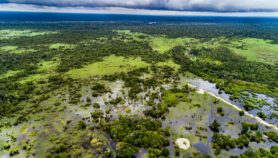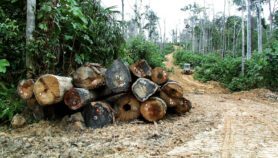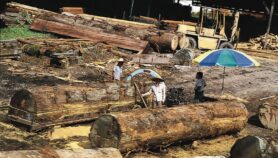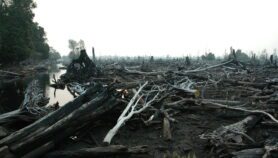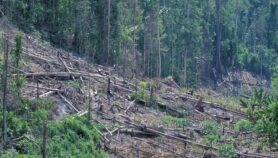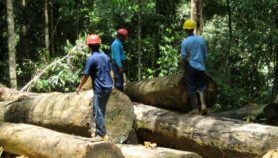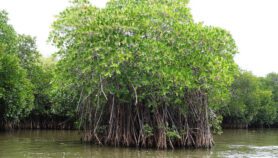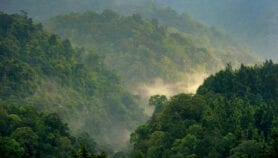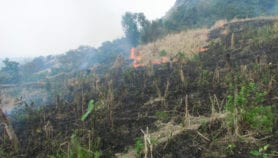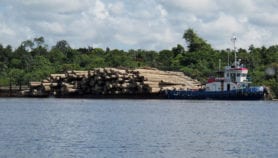Send to a friend
The details you provide on this page will not be used to send unsolicited email, and will not be sold to a 3rd party. See privacy policy.
Peat, formed when plant matter rots, is a natural carbon store. At 50–60 per cent carbon, the world’s peat bogs contain more carbon than all vegetation combined.
Carbon is released when peatlands are burnt or drained to plant crops such as palm oil. Indonesia, which has 60 per cent of the world’s peat bog forests, emits two billion tons of carbon dioxide a year doing this.
Now, reports Gillian Murdoch in this Reuters article, peat is the new ‘black gold’, and conserving Indonesia’s peat bog forests is a hot investment ticket.
Carbon credits — where carbon emissions can be traded for reductions elsewhere — are big business. Investors are already targeting towns close to Indonesia’s peat bogs in preparation for when emissions cuts from peatlands (made through tree-planting, fire-fighting and peat rehydration) become eligible for trade, possibly as soon as six months away.
However, those descending on the peat-towns are finding people unaware of carbon trading and peatland protection.
Commentators say such initiatives cannot succeed without involving local communities, particularly as preserving carbon stores requires policing.
Northern countries could help the situation by not pushing deforestation through biofuel promotion. And without tackling poverty — one of the causes of deforestation — Indonesia may burn both its forests and carbon traders’ dreams.




